Emergence of Targeted Therapies
The emergence of targeted therapies represents a significant advancement in the hemangioblastoma market. These therapies, which focus on specific molecular targets associated with hemangioblastoma, are gaining traction in the GCC region. The potential for personalized medicine to improve treatment efficacy is driving research and development efforts. Pharmaceutical companies are increasingly investing in clinical trials to explore the effectiveness of these therapies, which may lead to new treatment options for patients. As the market for targeted therapies expands, it is likely to attract more investment and interest, thereby propelling the growth of the hemangioblastoma market.
Investment in Healthcare Infrastructure
Investment in healthcare infrastructure across the GCC is a pivotal factor influencing the hemangioblastoma market. Governments in the region are allocating substantial budgets to improve healthcare facilities, which includes advanced diagnostic and treatment technologies. This investment is likely to enhance the overall capacity to manage rare tumors like hemangioblastoma. For instance, the establishment of specialized cancer centers equipped with cutting-edge technology may facilitate better patient outcomes and increase the availability of treatment options. As a result, the hemangioblastoma market could experience growth driven by improved access to care and innovative treatment modalities.
Increasing Incidence of Hemangioblastoma
The rising incidence of hemangioblastoma in the GCC region is a crucial driver for the hemangioblastoma market. Recent studies indicate that the prevalence of this rare tumor type is gradually increasing, leading to heightened demand for diagnostic and therapeutic solutions. As healthcare providers become more aware of the condition, the number of diagnosed cases is expected to rise, potentially increasing the market size. The GCC healthcare system is adapting to this trend by enhancing its diagnostic capabilities, which may lead to earlier detection and treatment. This shift could result in a more significant market presence for specialized treatments and interventions, thereby driving growth in the hemangioblastoma market.
Regulatory Initiatives for Rare Diseases
Regulatory initiatives aimed at supporting research and development for rare diseases are emerging as a key driver for the hemangioblastoma market. In the GCC, regulatory bodies are increasingly recognizing the need for expedited approval processes for treatments targeting rare conditions. This shift may encourage pharmaceutical companies to invest in the development of therapies for hemangioblastoma, as the potential for faster market entry becomes more appealing. Additionally, incentives such as grants and tax breaks for research on rare diseases could further stimulate growth in the hemangioblastoma market, fostering an environment conducive to innovation and development.
Growing Patient Advocacy and Support Groups
The growth of patient advocacy and support groups in the GCC is influencing the hemangioblastoma market positively. These organizations play a vital role in raising awareness about hemangioblastoma, providing resources for patients and families, and advocating for better treatment options. Their efforts can lead to increased funding for research and development, as well as improved access to care. As these groups gain momentum, they may also foster collaboration between healthcare providers and researchers, potentially accelerating advancements in treatment. This collaborative environment could significantly impact the hemangioblastoma market by driving innovation and improving patient outcomes.


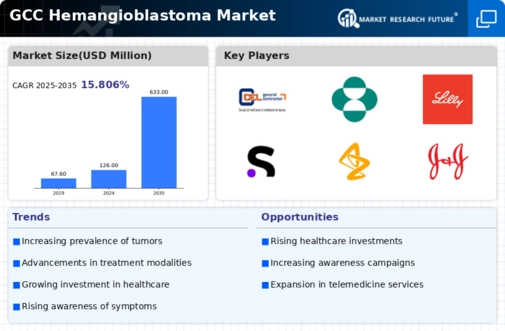

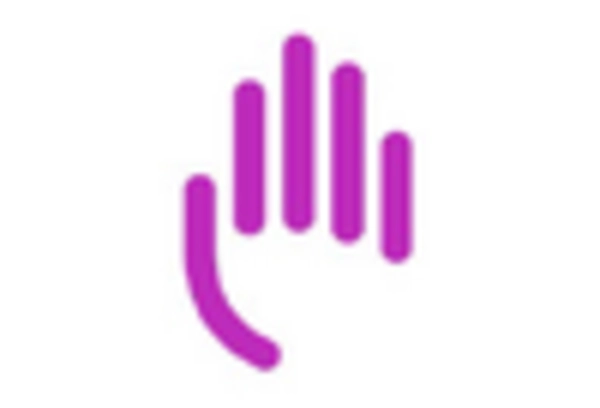
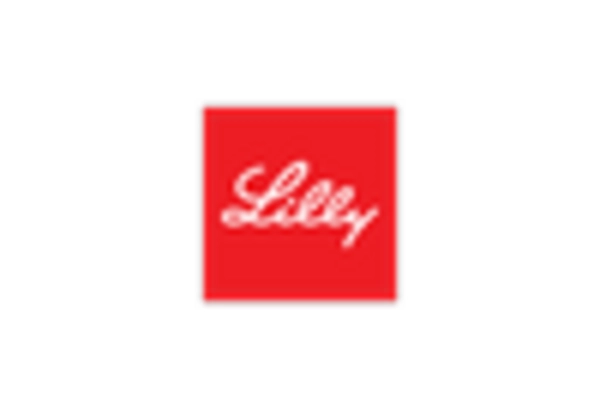

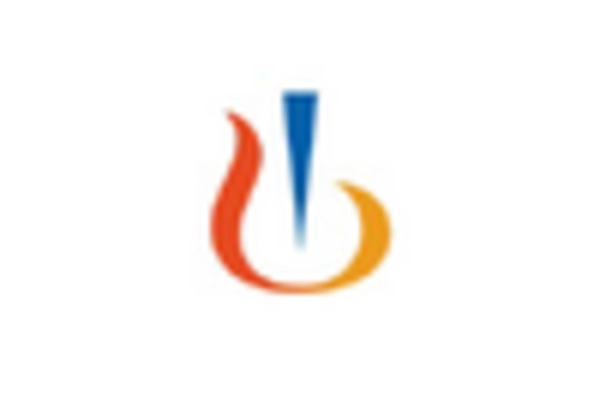
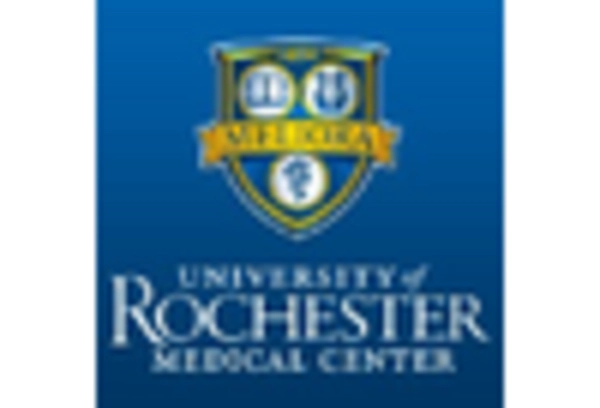








Leave a Comment